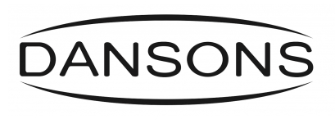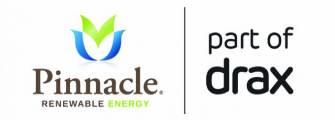

Virtual Event
WPAC Conference & AGM 2021 – Day 1
September 20, 2021 at
11:00am ET
ON DEMAND
On the path to fit for 55
Contributor: Gordon Murray, Executive Director, WPAC
Europe proposes new changes to reduce emissions by 55 per cent by 2030
On July 14, 2021, the European Commission released the Fit for 55 package of proposals to make the EU’s climate, energy, land use, transport and taxation policies fit for reducing net greenhouse gas emissions by at least 55 per cent by 2030, compared to 1990 levels. The legislative proposals review the overall EU Climate and Energy legislation including the Renewable Energy Directive, the European Efficiency Directive, the European Emissions Trading System and the European Taxation Directive.
It’s clear in this latest package of proposals from the European commission that it continues to support sustainable bioenergy as a key part of the EU energy mix, alongside other renewable sources, and believes it will continue to play an important role in making Europe climate neutral by 2050.
Of particular relevance to Canadian wood pellet exports will be the proposed revisions to the Renewable Energy Directive (RED). The original RED was published in 2009 and addressed climate and renewable energy targets up to 2020. In 2018 the second version of RED – known as RED II – came into force and covers the period 2020 to 2030. In addition to setting climate and renewable energy targets, RED II introduced sustainability requirements for solid biomass. Now, with RED II not even fully implemented, the Commission has proposed a new revision of RED – known as RED III.
In RED III, the Commission has proposed to increase the EU renewable energy target from 32 per cent to 40 per cent, including a requirement for 49 per cent renewable energy in buildings. It also introduces significant changes to biomass sustainability requirements:
- The exemption threshold for biomass energy installations is reduced from 20 MW to 5 MW, with a simplified verification mechanism for installations of between 5 and 10 MW.
- Establishment of “no go areas” including primary, highly biodiverse forests and peatlands.
- Additional elements intended to minimize negative impacts of harvesting on soil quality and biodiversity including prohibiting the harvesting of stumps and roots; minimizing large clear-cuts; ensuring locally appropriate thresholds for deadwood extraction; and requirements to use logging systems that minimize impacts on soil quality.
- Applying greenhouse gas saving thresholds to pre-existing biomass energy installations. Under RED II the thresholds only apply to new installations. The savings thresholds are 70 per cent until the end of 2025 and 80% from 2026 going forward.
RED III also provides for changes to biomass support measures:
- By 2027, subsidies for biomass power must end. There are exceptions regions identified in a “territorial just transition plan” approved by the Commission and for biomass carbon capture and storage.
- Member states shall grant no support for: (i) the use of saw logs, veneer logs, stumps and roots to produce energy and for the production of renewable energy produced from the incineration of waste
- Biomass cascading shall be respected for support schemes. The Commission will draft a Delegated Act on how to apply the cascading principle for biomass, in particular on how to minimize the use of quality roundwood for energy production, with a focus on support schemes and with due regard to national specificities.
- In 2026, the Commission will analyze the status of support schemes and, if necessary propose further restrictions for forest biomass.
The Wood Pellet Association of Canada is studying these proposals closely. We are generally supportive of strengthened renewable energy targets and climate ambitions. We are strongly in favour of responsible biomass feedstock sourcing and sustainability criteria. It is very clear that the Canadian pellet industry is well-positioned to meet these criteria. We have some of the most stringent forest practices globally, we lead the world in third party certification, we remain firm in our position that logs must go to their highest and best use, and we continue to invest in communities, jobs, innovation and promote Indigenous participation in our sector.
We will be cooperating with our partners at the Bioenergy Europe trade association as they communicate with European officials to ensure that the provisions of RED III are practical and viable and will achieve their intended objectives without adverse impacts to trade and the rights of Indigenous people.








